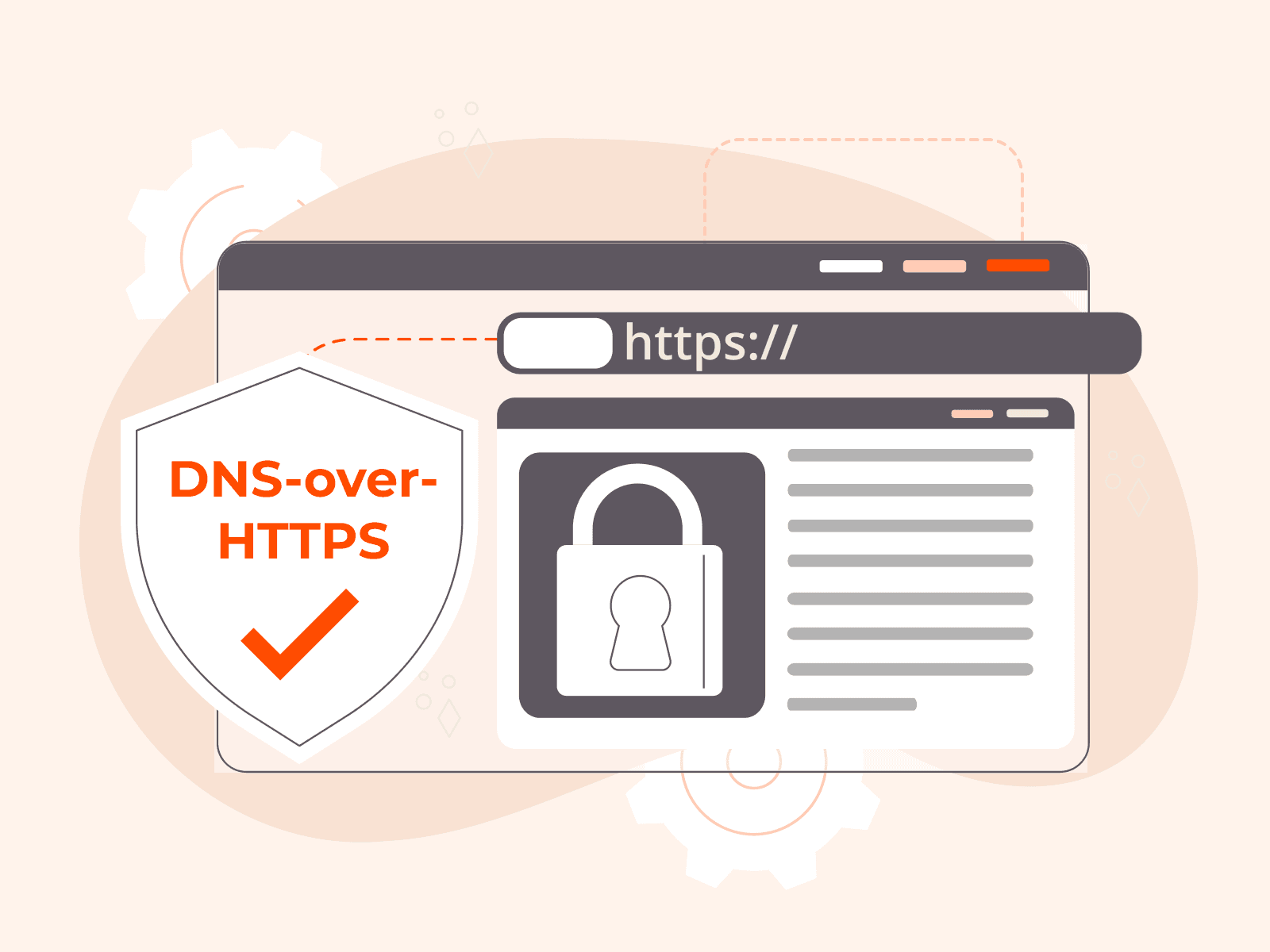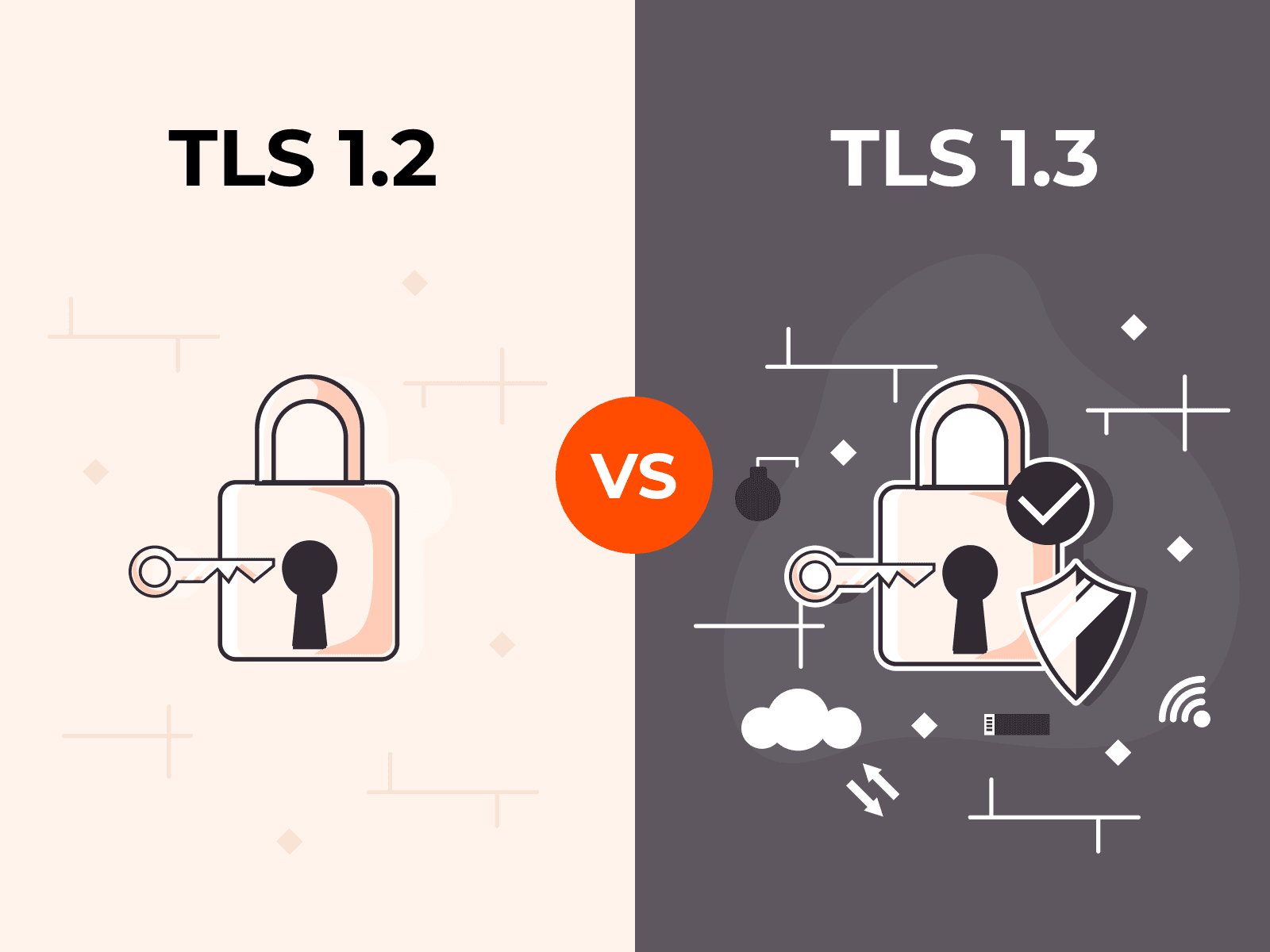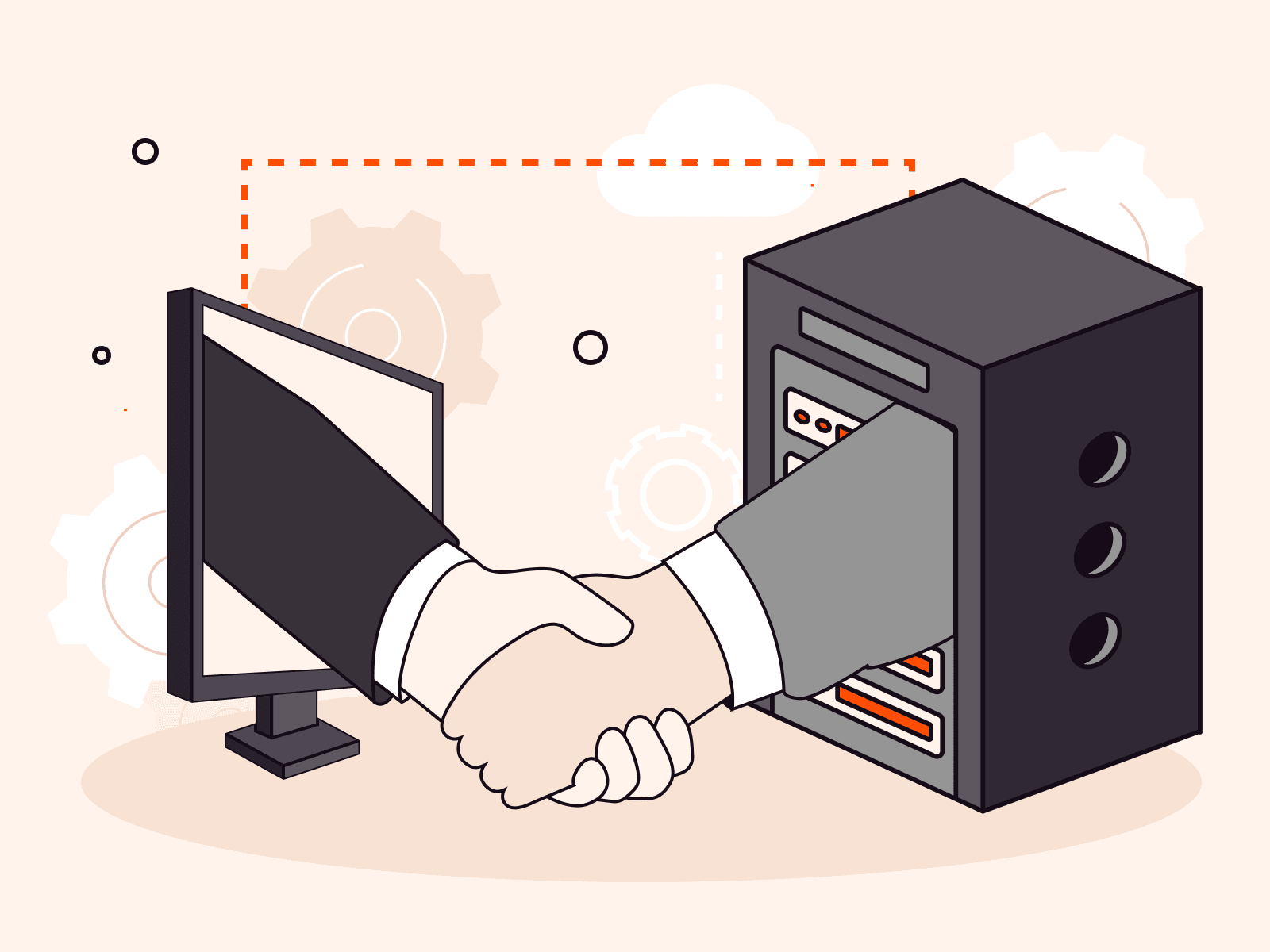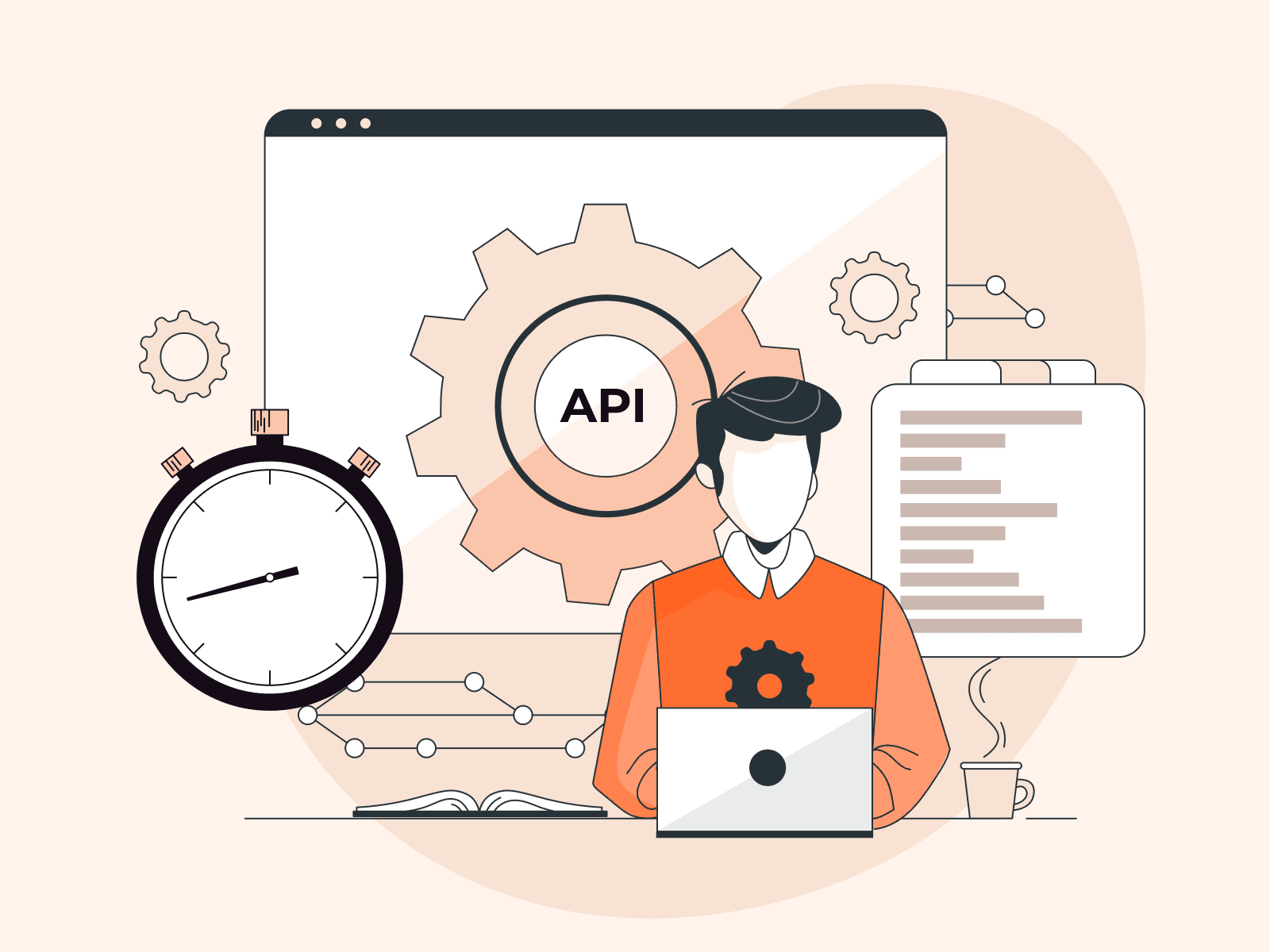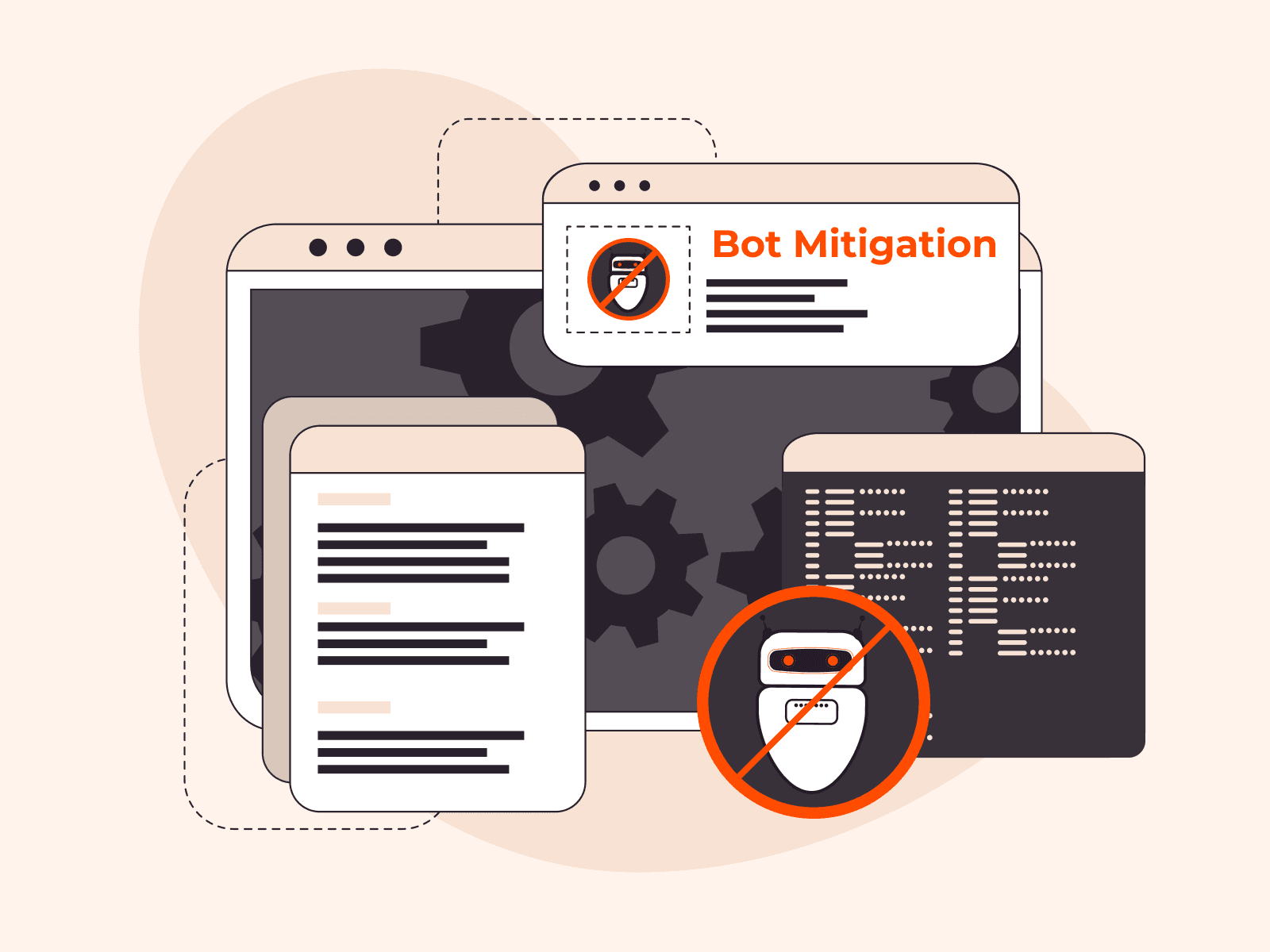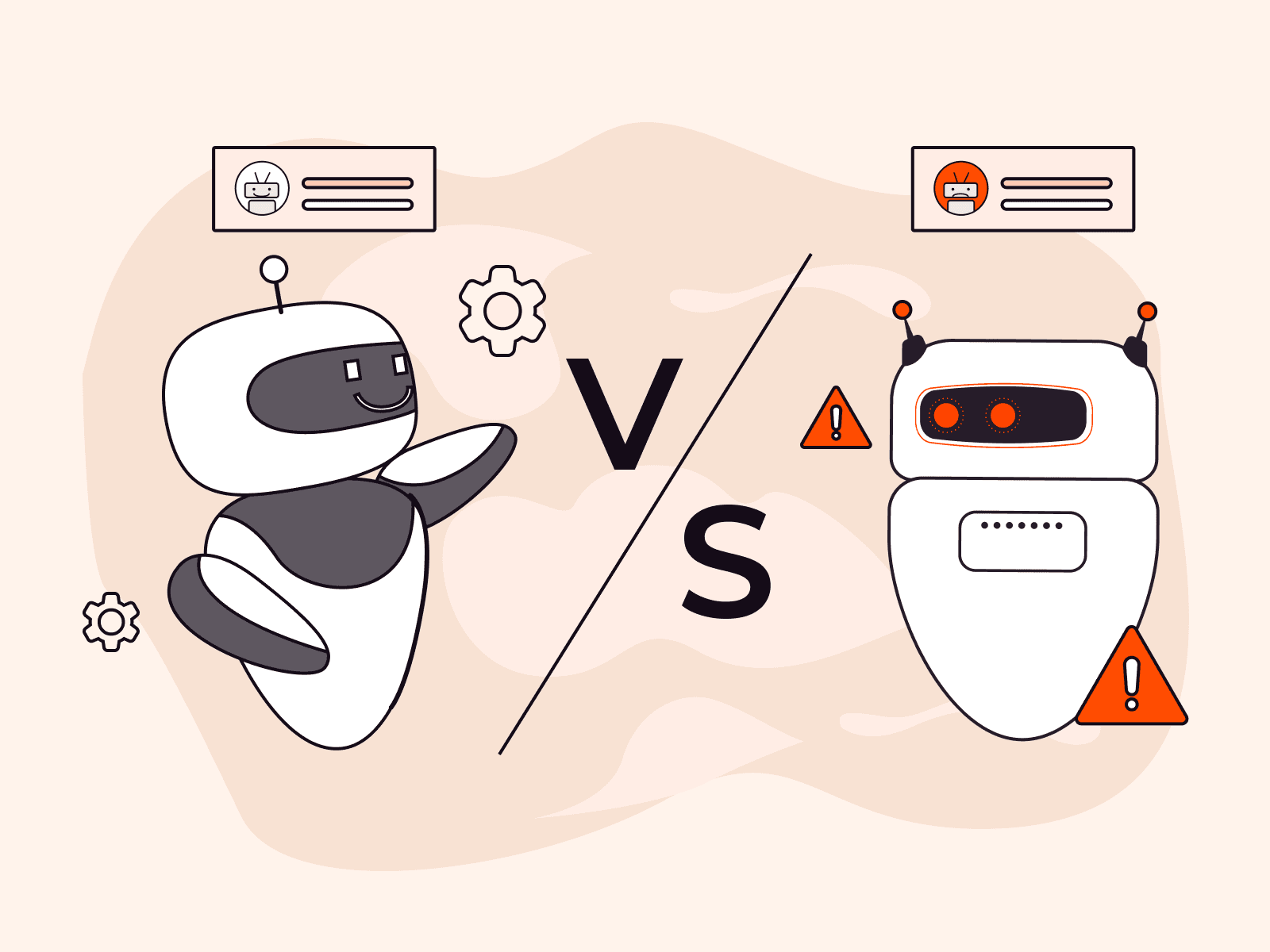The faster you detect and resolve a DDoS (distributed denial-of-service) attack, the less damage it can do to your business. Read on to learn how to identify the signs of a DDoS attack, differentiate it from other issues, and implement effective protection strategies to safeguard your business. You’ll also discover why professional mitigation is so important for your business.
The Chronology of a DDoS Attack
The business impact of a DDoS attack generally increases the longer it continues. While the first few minutes might not be noticeable without a dedicated solution with monitoring capabilities, your digital services could be taken offline within an hour. No matter who your customer is or how you serve them, every business stands to lose customers, credibility, and revenue through downtime.
The First Few Minutes: Initial Traffic Surge
Attackers often start with a low-volume traffic flow to avoid early detection. This phase, known as pre-flooding, evaluates the target system’s response and defenses. You may notice a slight increase in traffic, but it could still be within the range of normal fluctuations.
Professional DDoS mitigation services use algorithms to spot these surges, identify whether the traffic increase is malicious, and stop attacks before they can have an impact. Without professional protection, it’s almost impossible to spot this pre-flooding phase, leading you into the following phases of an attack.
The First Hour: Escalating Traffic
The attack will quickly escalate, resulting in a sudden and extreme increase in traffic volume. During this stage, network performance will start to degrade noticeably, causing unusually slow loading times for websites and services.
Look out for network disconnections, or unusually slow performance. These are telltale signs of a DDoS attack in its early stages.
The First Few Hours: Service Disruption
As the attack intensifies, the website may become completely inaccessible. You might experience an increased volume of spam emails as part of a coordinated effort to overwhelm your systems. Frequent loss of connectivity within the local network can occur as the attack overloads the infrastructure.
You can identify this stage by looking for website or network unavailability. Users will experience continuous problems when trying to connect to the targeted application or server.
Within 24 Hours: Sustained Impact
If the attack continues, the prolonged high traffic volume will cause extended service outages and significant slowdowns. By this point, it is clear that a DDoS attack is in progress, especially if multiple indicators are present simultaneously.
By now, not only is your website and/or network unavailable, but you’re also at high risk of data breaches due to the loss of control of your digital resources.
Distinguishing DDoS Attacks from Other Issues
While DDoS attack symptoms like slow performance and service outages are common, they can also be caused by other problems. Here’s how to differentiate between a DDoS attack and other issues:
| Aspect | DDoS attack | Hosting problems | Legitimate traffic spike | Software issues |
| Traffic volume | Sudden, extreme increase | No significant increase | High but expected during peaks | Normal, higher, lower, or zero |
| Service response | Extremely slow or unavailable | Slow or intermittent | Slower but usually functional | Erratic, with specific errors |
| Error messages | Frequent Service Unavailable | Internal Server Error, Timeout | No specific errors, slower responses | Specific to the software |
| Duration | Prolonged, until mitigated | Varies, often until resolved | Temporary, during peaks, often predictable | Varies based on the bug |
| Source of traffic | Multiple, distributed, malicious signatures | Consistent with normal traffic, localized | Geographically diverse, consistent patterns | Depends on the user base |
Protective Strategies Against DDoS Attacks
Prevention is the best defense against DDoS attacks. Here are some strategies to protect your business:
- Content delivery networks (CDNs): CDNs distribute your traffic across multiple servers worldwide, reducing the load on any single server and mitigating the impact of DDoS attacks.
- DDoS protection solutions: These services provide specialized tools to detect, mitigate, and block DDoS attacks. They continuously monitor traffic patterns in real time to detect anomalies and automatically respond to and stop attacks without manual intervention.
- Web application and API protection (WAAP): WAAP solutions protect web applications and APIs from a wide range of threats, including DDoS attacks. They use machine learning and behavioral analysis to detect and block sophisticated attacks, from DDoS assaults to SQL injections.
Gcore provides all three protection strategies in a single platform, offering your business the security it needs to thrive in a challenging threat landscape.
Don’t Delay, Protect Your Business Now
Gcore provides comprehensive DDoS protection, keeping your services online and your business thriving even during an attack. Explore Gcore DDoS Protection or get instant protection now.
Discover the latest DDoS trends and threats in our H3 2023 report
Related articles
Subscribe to our newsletter
Get the latest industry trends, exclusive insights, and Gcore updates delivered straight to your inbox.

